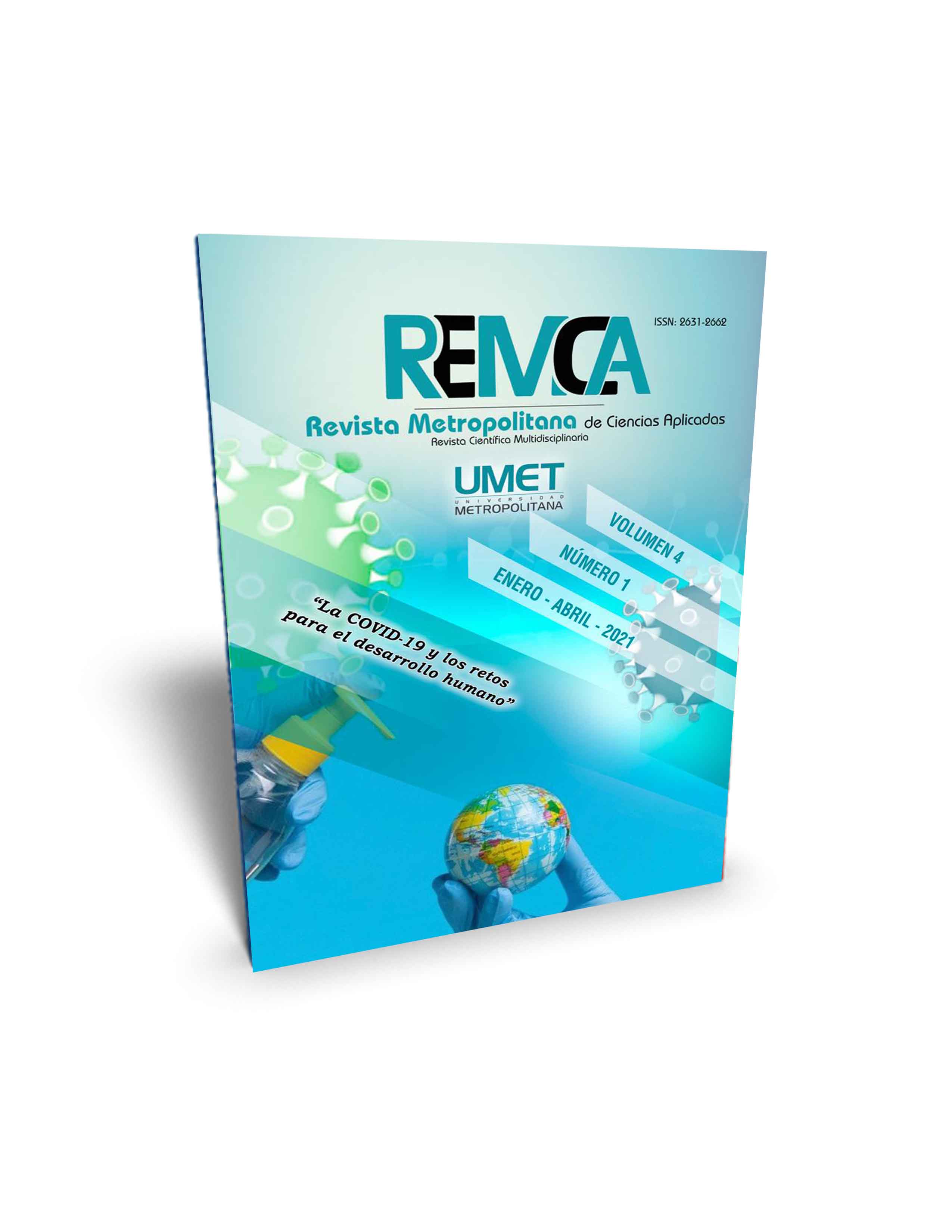Peelings químicos y su rol en el manejo de la hiperpigmentación genital femenina
DOI:
https://doi.org/10.62452/5g644296Palavras-chave:
Exfoliación, hiperpigmentación, hiperpigmentación genital, peeling químico, trastornos dérmicosResumo
El objetivo del artículo fue describir la aplicabilidad y efecto de peeling químicos como corrección de hiperpigmentación en zona genito-perineal femenina. Se realizó una revisión bibliográfica en: Pubmed y Google Scholar. Se emplearon términos clave como: “Chemical peelings”, “Female genital hyperpigmentation” “Treatment”, “Hyperpigmentation” con los conectores “And” y “Or”. Con lo cual no se obtuvieron resultados, por lo que se procedió a realizar una búsqueda por términos individuales y se aplicaron los filtros: año de las publicaciones, tipo de artículos y palabras clave, obteniéndose 8 artículos, de los cuales se excluyen 3 según criterios de inclusión y exclusión, quedando 5 artículos para su análisis y descripción según los objetivos propuestos. El peeling químico representa un tratamiento adecuado para trastornos dérmicos, incluyendo la hiperpigmentación en región genital, de fácil aplicación y gran auge en los últimos tiempos.
Downloads
Referências
Berson, D.S., Cohen, J.L., Rendon, M.I., Roberts, W.E., Starker, I., & Wang, B. (2009). Clinical role and application of superficial chemical peels in today’s practice. J Drugs Dermatol JDD, 8(9):803-11.
Cengiz, F. P., Emiroglu, N., & Wellenhof, R. H. (2015). Dermoscopic and clinical features of pigmented skin lesions of the genital area. Anais Brasileiros de Dermatologia, 90(2), 178–183.
Grover, C., & Reddu, B.S. (2003). The therapeutic value of glycolic acid peels in dermatology. Indian J Dermatol Venereol Leprol, 69(2):148-50.
Hosler, G. A., Moresi, J. M., & Barrett, T. L. (2008). Nevi with site-related atypia: a review of melanocytic nevi with atypical histologic features based on anatomic site. Journal of Cutaneous Pathology, 35(10), 889–898.
Housman, T. S., Hancox, J. G., Mir, M. R., Camacho, F., Fleischer, A. B., Feldman, S. R., & Williford, P. M. (2007). What Specialties Perform the Most Common Outpatient Cosmetic Procedures in the United States? Dermatologic Surgery, 34(1), 1–8.
Kapuścińska, A., & Nowak, I. (2015). Use of organic acids in acne and skin discolorations therapy. Postępy Higieny i Medycyny Doświadczalnej, 69, 374–383.
Kubiak, M., Mucha, P., Dębowska, R., & Rotsztejn, H. (2014). Evaluation of 70% Glycolic Peels Versus 15% Trichloroacetic Peels for the Treatment of Photodamaged Facial Skin in Aging Women. Dermatologic Surgery, 40(8), 883–891.
Nikalji, N., Godse, K., Sakhiya, J., Patil, S., & Nadkarni, N. (2012). Complications of medium depth and deep chemical peels. Journal of Cutaneous and Aesthetic Surgery, 5(4), 254–260.
Downloads
Publicado
Edição
Seção
Licença
Copyright (c) 2021 Carlos Iván Zavala Naranjo (Autor/a)

Este trabalho está licenciado sob uma licença Creative Commons Attribution-NonCommercial-ShareAlike 4.0 International License.
Os autores que publicam na Revista Metropolitana de Ciencias Aplicadas (REMCA), concordam com os seguintes termos:
1. Direitos autorais
Os autores mantêm direitos autorais irrestritos sobre suas obras. Os autores concedem ao periódico o direito de primeira publicação. Para tal, cedem à revista, em caráter não exclusivo, direitos de exploração (reprodução, distribuição, comunicação pública e transformação). Os autores podem firmar acordos adicionais para a distribuição não exclusiva da versão publicada do trabalho no periódico, desde que haja reconhecimento de sua publicação inicial nesta revista.
© Os autores.
2. Licença
Os trabalhos são publicados na revista sob a licença Creative Commons Atribuição-NãoComercial-CompartilhaIgual 4.0 Internacional (CC BY-NC-SA 4.0). Os termos podem ser encontrados em: https://creativecommons.org/licenses/by-nc-sa/4.0/deed.pt
Esta licença permite:
- Compartilhar: copiar e redistribuir o material em qualquer meio ou formato.
- Adaptar: remixar, transformar e desenvolver o material.
Nos seguintes termos:
- Atribuição: Você deve dar o crédito apropriado, fornecer um link para a licença e indicar se alguma alteração foi feita. Você pode fazer isso de qualquer maneira razoável, mas não de uma forma que sugira que o licenciante endossa ou patrocina seu uso.
- Não comercial: você não pode usar o material para fins comerciais.
- Compartilhamento pela mesma licença: se você remixar, transformar ou criar a partir do material, deverá distribuir sua criação sob a mesma licença do trabalho original.
Não há restrições adicionais. Você não pode aplicar termos legais ou medidas tecnológicas que restrinjam legalmente outros de fazerem qualquer coisa que a licença permita.




